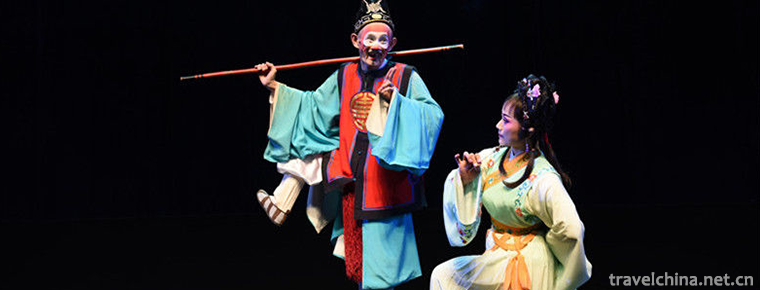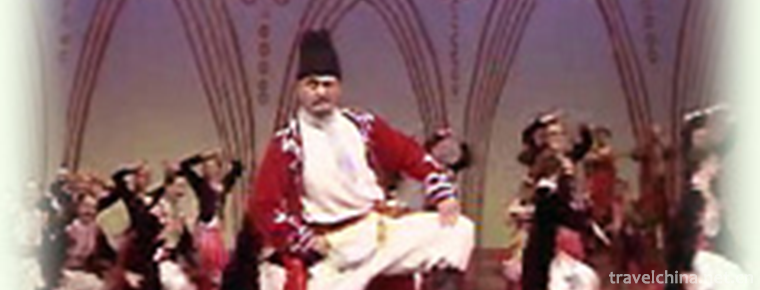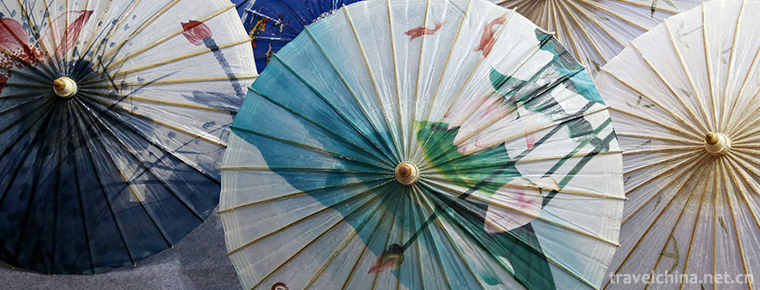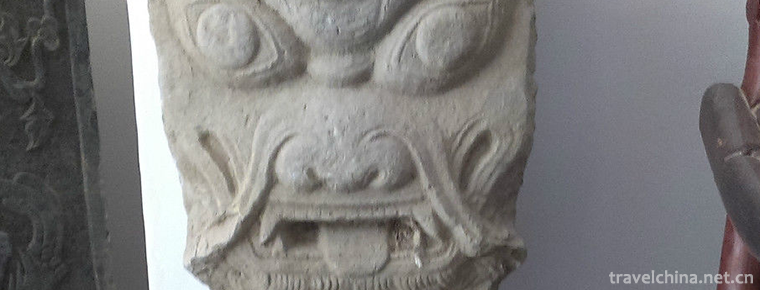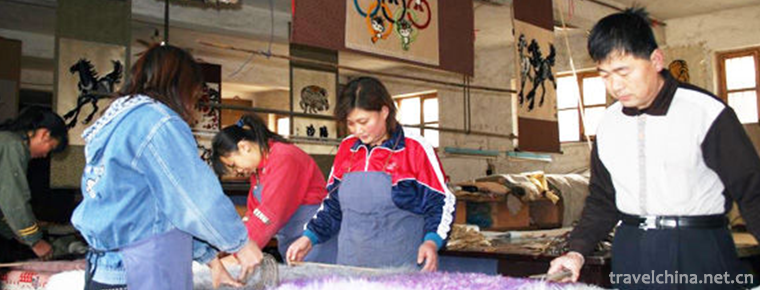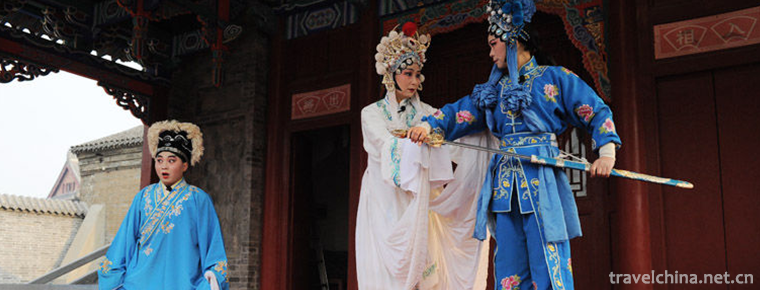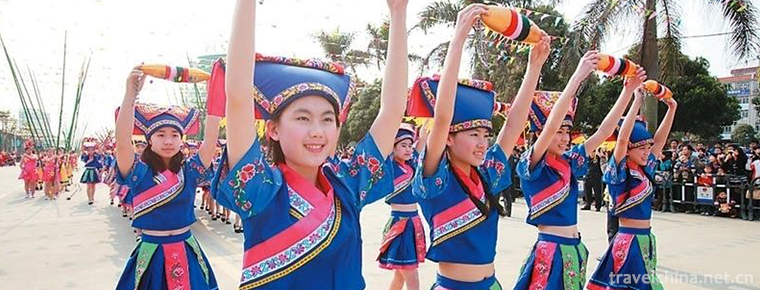Wuhan Botanical Garden Chinese Academy of Sciences
Wuhan Botanical Garden of the Chinese Academy of Sciences is located in Wuchang District, Wuhan City, Hubei Province, China. It is a comprehensive scientific research institution integrating scientific research, species conservation and popular science education. It is one of the three core scientific botanical gardens in China, and it is also a national AAAA-level tourist attraction.
The Wuhan Botanical Garden of the Chinese Academy of Sciences was established in 1956 and was established in November 1958. It was renamed the Institute of Botany of Hubei Province in 1972, the Wuhan Botanical Research Institute of the Chinese Academy of Sciences in 1978 and the Wuhan Botanical Garden of the Chinese Academy of Sciences in 2003. In December 2017, it was selected as the first batch of practical education bases and camps for primary and secondary school students in China by the Ministry of Education.
Historical evolution
On September 13, 1956, the Preparatory Committee of Wuhan Botanical Garden was established. There were 14 members of the Preparatory Committee. Director: Zhang Wencai, Deputy Director: Wanliuyi, Sun Xiangzhong and Executive Director: Liu Wenhua.
On October 30, 1956, the Wuhan City Planning Commission approved the acquisition of land in Moshan District by the Wuhan Botanical Garden in document 1098.
On November 12, 1956, the Preparatory Committee of Wuhan Botanical Garden accepted the Moshan Botanical Garden of East Lake, and the Preparatory Office of the Botanical Garden established the Moshan Botanical Garden of East Lake.
In January 1958, Professor Chen Fenghuai came to Wuhan Botanical Garden from Zhongshan Botanical Garden in Nanjing as director.
On November 11, 1958, the twelve executive meetings of the Chinese Academy of Sciences approved that the Preparatory Committee of the Wuhan Botanical Garden was named the Wuhan Botanical Garden of the Chinese Academy of Sciences.
On July 22, 1963, Chinese Academy of Sciences, Zhongnan Branch (63), Chinese Academy of Sciences, No. 029, renamed Wuhan Botanical Garden as Wuhan Botanical Garden of South China Botanical Institute, Chinese Academy of Sciences.
On July 1, 1972, the Wuhan Value Garden was renamed the Hubei Institute of Botany, which belongs to the leadership of Hubei Province.
On June 22, 1978, the Chinese Academy of Sciences issued No. 78, 0896. The Hubei Institute of Botany returned to the Chinese Academy of Sciences and named it the Wuhan Botanical Garden of the Chinese Academy of Sciences. It is under the dual leadership of the Chinese Academy of Sciences and the Hubei Province, with the Chinese Academy of Sciences as the main body and belongs to the local division level units.
On December 18, 1978, the Chinese Academy of Sciences issued No. 78 2021, which was renamed the Wuhan Institute of Botany of the Chinese Academy of Sciences, and the Botanical Garden was affiliated to the Wuhan Institute of Botany.
In November 2002, it was awarded "National AAAA Tourist Scenic Spot".
On October 16, 2003, the Wuhan Institute of Botany of the Chinese Academy of Sciences was renamed the Wuhan Botanical Garden of the Chinese Academy of Sciences, according to article 287 of the Chinese Academy of Sciences.
On June 13, 2005, the Wuhan Botanical Garden of the Chinese Academy of Sciences was named "National Youth Advanced Science World Science and Technology Demonstration Base" by the Central Academy of Sciences of the League and the National Committee of Young Workers.
On October 31, 2005, the park was designated as the national popular science education base for wildlife protection by China Wildlife Conservation Association.
geographical environment
Location context
The Wuhan Botanical Garden of the Chinese Academy of Sciences is located in Wuchang District, Wuhan City, Hubei Province, China. It covers an area of 70 hectares along the East Lake and the south foot of Moshan Mountain. It has a longitude of 14 degrees 24', latitude of 30 degrees 33', and elevation of 19-35 M.
Climate condition
Wuhan Botanical Garden of the Chinese Academy of Sciences is located in Hubei Province, China. It has a typical subtropical monsoon humid climate with abundant solar energy, abundant heat, long frost-free period, abundant precipitation and hot and rainy season. The average annual temperature of the botanical garden is 16.3 C, the average monthly temperature in January is 3.7 C, the average monthly temperature in July is 28.8 C, the extreme low temperature is - 18.1 C (Jan. 1977), the extreme high temperature is 41.3 C (Jul. 1934), and the average annual rainfall is 1282 mm.
Practical information
Ticket prices
Basic tickets
Full fare: 40 yuan per person
Half-price ticket: 20 yuan per person, enjoy this preferential condition: students (excluding graduate students, non-uniform enrollment, adult education) with their student ID, the elderly over 60 years old and under 70 years old with their old age certificate or identity card.
Ticket-free admission, enjoy this preferential conditions: children under 1.2 meters (accompanied by parents); elderly people over 70 years old with their old age certificate or identity card; disabled people with disability certificate; active servicemen with military officer's certificate, sergeant's certificate or soldier's certificate; journalists with the press card issued by the National News Administration; tour guides with the group certificate issued by the National Tourism Administration.
II. Membership Card
Single Bank Annual Card: 98 yuan, for all the people who buy full fare tickets. After buying membership card tickets, I take photos on the spot. I hold the annual card, and can enjoy unlimited number of times a year to enter the park.
Single Bank (Preferential) Annual Card: 58 yuan, for all licensed college students (excluding graduate students) and 60-69 year-olds, after purchasing membership card tickets, the scene photo processing, I hold the annual card, can enjoy an unlimited number of times a year to enter the park.
Couple's annual card: 168 yuan, deal with the target couple (a man and a woman), buy membership card tickets and take photos on the spot, I hold the annual card, can enjoy unlimited number of times a year to enter the park.
Family Annual Card: 198 yuan, for families, couples or couples with a child younger than 16 years old, buy family membership tickets and take photos on the spot. With the annual card, all three people can enjoy unlimited access to the park within one year.
Open hours
Summer saving time: (1 May to 7 October)
Ticket office hours: 8:00-17:30
Opening time of landscape greenhouse: 8:00-17:30
Winter season: (8 October to 30 April next year)
Ticket office hours: 8:00-17:00
Opening time of landscape greenhouse: 8:00-17:00
Traffic routes
Bus Information: 401, 402, 403, 643, 625 buses are available.
In January 2011, Wuhan Museum was approved to set up "wetland ecological restoration and scientific management technology innovation base of energy-saving and environmental protection industry in Hubei Province".














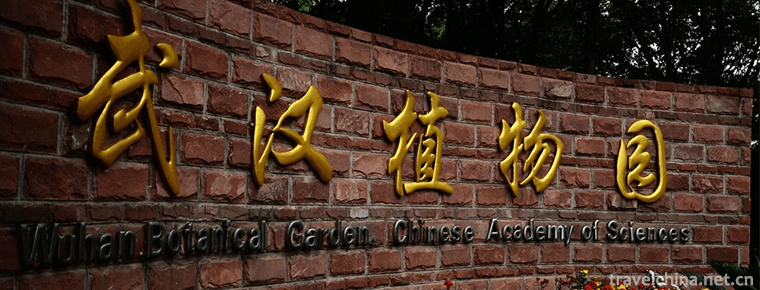
-
Henan Mayuxing Barrel Chicken
Henan Mayuxing Barrel Chicken is a famous specialty dish in Kaifeng. It is famous for its bright yellow color, salty fragrance, tender crisp, fat but not greasy.
Views: 149 Time 2018-11-25 -
Tianshan Grand Canyon Scenic Area Urumqi
Tianshan Grand Canyon Scenic Area is located in Urumqi County, 48 kilometers away from the urban area. The total planned area of the scenic spot is 1038.48k.
Views: 129 Time 2018-12-12 -
Gao Jia Opera
Gaojia Opera, a local traditional drama in Quanzhou City, Fujian Province, is one of the national intangible cultural heritage..
Views: 151 Time 2019-04-30 -
Printing and Dyeing Techniques of Blue Printed Cloth
The printing and dyeing technology of blue printed cloth is a kind of anti-dyeing and printing method of indigo printed cloth. The dye is extracted from Polygonum multiflorum..
Views: 230 Time 2019-05-11 -
Nazikum
Nazikum is a folk dance performance that combines instrumental performance, competitive performance, mime performance and rap. The unique squatting dance is the leading style in Uygur folk songs and d.
Views: 141 Time 2019-06-07 -
Umbrella Making Skills
Oil-paper umbrella is one of the traditional handicraft products in China. As a kind of paper or cloth umbrella originating in China, it has also spread to various parts of Asia, such as Korea, Vietna.
Views: 215 Time 2019-06-12 -
Lisu Folk Songs
Lisu people advocate singing in tune. In the multi-voice unaccompanied chorus of Lisu people, the three major tunes of Lisu folk songs are "swing time", "excellent leaf" and ".
Views: 99 Time 2019-06-17 -
Taishan Stone Dang Custom
Taishan Stone Dangdang Custom is a relic of ancient people's worship of spiritual stones. Mountain and stone are regarded as personality by myth, which is a typical traditional folk culture that has b.
Views: 139 Time 2019-06-18 -
Tanning Technology of Tan Sheepskin
Tanning process of Tan sheepskin in Jiaocheng County is relatively complex, totally depending on manual operation. There are more than 20 processes such as washing, soaking, drying, shoveling, nailing.
Views: 261 Time 2019-06-18 -
Violin Opera
Violin opera, originally a flower-drum opera in Yueyang, Hunan Province, spread to Chongyang, Tongcheng and other places around the end of the Qing Dynasty and renamed "Violin Opera", is a u.
Views: 167 Time 2019-06-19 -
Song pool of the Zhuang nationality
Song pool of the Zhuang nationality is a form of Festival gathering and singing activities held by the masses of the Zhuang nationality at a specific time and place..
Views: 298 Time 2019-08-16 -
Anhui Agricultural University
Anhui Agriculture University is located in Hefei, capital of Anhui province. Center Urban area Key universities in Anhui By Ministry of agriculture and rural People's Republic of China State Forestry .
Views: 189 Time 2019-10-10


